Study assesses three commercial probiotic mixtures of Bacillus
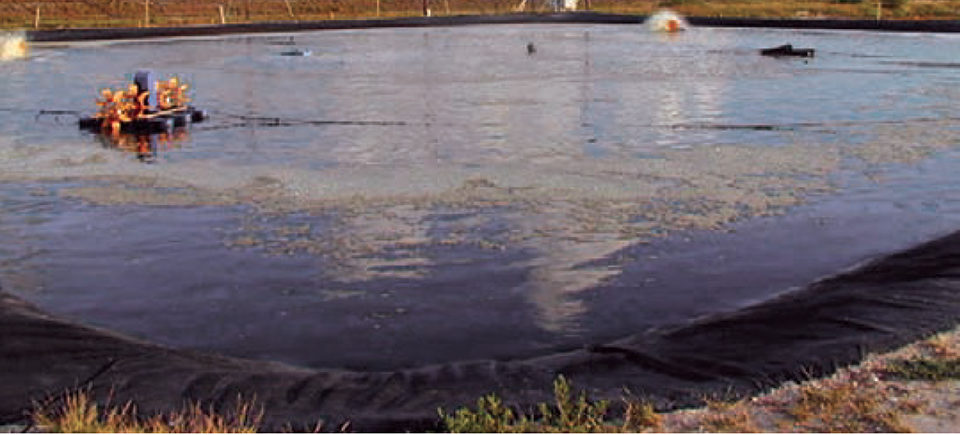
Increasingly strict effluent regulations have encouraged many shrimp producers to adopt limited-or zero- water-exchange practices. However, the prevention of water quality deterioration and bacterial disease outbreaks is of paramount concern in operating these systems. Vibrio outbreaks have often resulted in poor shrimp growth and survival in such systems.
As the use of antibiotics has severe limitations, shrimp producers have started using probiotics as a potential tool to minimize crop losses to bacterial disease outbreaks. Although manufacturers claim their probiotics improve water quality and prevent Vibrio outbreaks, only limited hard data is available to support the claims.
The authors recently conducted a study to evaluate the use of three commercial probiotic mixtures of Bacillus in preventing Vibrio harveyi outbreaks and to assess their effects on water quality and shrimp performance in limited-discharge outdoor ponds stocked with Pacific white shrimp (Litopenaeus vannamei).
Study setup
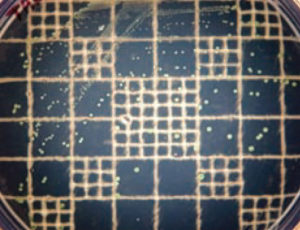
The 128-day study was conducted at the Texas Agricultural Experiment Station Shrimp Mariculture Research Facility in Corpus Christi, Texas, USA. Before stocking with L. vannamei juveniles of about 0.74 grams, the 2,200-cubic-meter membrane-lined ponds were filled with 10-ppm chlorinated seawater. Two ponds were stocked at a density of 51 shrimp per cubic meter, and two were stocked at 84 shrimp per cubic meter.
One pond of each density received the probiotics. Although one manufacturer specified top coating of its probiotic, due to state regulations, all three products were applied to the water a week before stocking and continued until harvest. The dosage and application frequency of all three probiotics were based on shrimp behavior and the manufacturers’ recommendations.
Shrimp were fed 3 times per day with a 35 percent-crude protein commercial diet. Rations were adjusted weekly assuming a fixed feed-conversion ratio of 1.4 with 1.2 grams per week growth and 1 percent mortality per week. The low-density (L.D.) ponds were each equipped with four aspirator aerators at 36 hp per ha, while each high-density (H.D.) pond had four paddlewheel and two aspirator aerators for 54 hp per ha aeration.
A range of water quality variables were monitored weekly. Shrimp and water from all four ponds were tested monthly for pathogenic Vibrios. Except for emergency releases due to heavy rains, no water was discharged from the ponds. Municipal water was added to compensate for evaporation and maintain salinity.
Results
Other than the 5.48 milligrams per liter mean daily morning dissolved oxygen value in the low-density treated pond, which was significantly higher than the L.D. untreated pond (5.05 milligrams per liter), no other significant differences were found between treatments or ponds in daily and weekly water quality indicators. The mean and standard deviation values of the weekly water quality indicators in the ponds are summarized in Table 1.
Patnaik, Weekly water quality indicators, Table 1
Table 1. Weekly water quality indicators (mean ± standard deviation) in the 128-day study. No significant differences were found among treatments.
Weekly Indicators Low-Density
TreatedLow-Density
ControlHigh-Density
TreatedHigh-Density
Control
Total ammonia nitrogen (mg/l) 0.94 ± 1.91 2.13 ± 3.42 2.14 ± 3.03 0.71 ± 1.10
Nitrite (mg/l) 0.85 ± 2.10 1.62 ± 3.70 4.69 ± 6.29 4.84 ± 5.50
Nitrate (mg/l) 1.10 ± 0.75 0.75 ± 1.25 4.90 ± 11.20 6.10 ± 11.30
Reactive phosphorus (mg/l) 7.80 ± 9.50 9.20 ± 9.90 5.60 ± 7.90 7.20 ± 8.70
Five-day carbonaceous biochemical oxygen demand (mg/l) 30.2 ± 18.0 24.7 ± 14.7 30.90 ± 15.40 29.40 ± 8.40
Total suspended solids (mg/l) 239.8 ± 206.5 189.80 ± 176.80 263.90 ± 206.40 314.40 ± 197.80
Volatile suspended solids (mg/l) 171.7 ± 188.9 129.60 ± 118.40 190.20 ± 146.20 225.50 ± 144.30
Settleable solids (ml/l) 3.70 ± 4.90 6.70 ± 9.30 6.30 ± 5.70 11.40 ± 11.20
Turbidity (ntu) 145.20 ± 78.10 103.70 ± 67.80 142.70 ± 56.60 146.30 ± 53.70
Algae (cells/ml x 104) 95.15 ± 214.80 13.93 ± 15.50 23.40 ± 23.30 69.50 ± 224.20
Secchi readings (cm) 14.20 ± 5.50 14.00 ± 5.40 12.70 ± 3.40 12.50 ± 2.00
Shrimp biomass, feed conversion, final weight, and survival are summarized in Table 2. Shrimp mortalities were observed as early as 37 days from the study initiation in the H.D. ponds. The 61.5 percent shrimp survival in the L.D. control pond was higher than the 44.8 percent rate in the L.D. probiotic-treated pond. Shrimp survival rates in both H.D. ponds were below 39.0 percent.
Patnaik, Summary of shrimp production, Table 2
| Treatment | Biomass (kg/m3) | Feed-Conversion Rate | Final Weight (g) | Survival (%) |
|---|---|---|---|---|
| Low-density, treated | 0.45 | 2.83 | 20.7 ± 3.5a | 44.8 |
| Low-density, control | 0.58 | 2.04 | 18.6 ± 2.8b | 61.5 |
| High-density, treated | 0.56 | 3.17 | 17.9 ± 3.2b | 38.9 |
| High-density, control | 0.60 | 3.02 | 18.7 ± 3.5b | 38.7 |
The yields of the L.D. treated and untreated ponds were 0.45 and 0.58 kilograms per cubic meter compared to the 0.56 and 0.60 kilograms per cubic meter of the H.D. treated and untreated ponds, respectively. The 20.7-gram final shrimp weight in the treated L.D. pond was significantly higher than in the other ponds. However, the feed-conversion ratio for the treated L.D. pond was higher than for the L.D. control pond.
Vibrio populations
The total aerobic plate counts for water and shrimp samples from all four ponds were typically high. The Escherichia coli and fecal coliforms were negative in all four pond water samples. Visual observations of the dead shrimp collected weekly from the ponds showed the presence of luminescence bacteria only in one case.
Isolates from samples of the intake water and shrimp prior to stocking showed the presence of V. alginolyticus, V. harveyi/carchariae, and V. campbelli. Water from all four ponds and some shrimp contained V. parahaemolyticus. V. alginolyticus was isolated from the L.D. treated pond.
Both V. parahaemolyticus and V. alginolyticus can cause vibriosis in shrimp with the latter also a human pathogen. Agar plating of water samples from all four ponds showed large numbers of V. harveyi. The isolates from the moribund and dead shrimp tissue also contained V. harveyi.
(Editor’s Note: This article was originally published in the September/October 2007 print edition of the Global Aquaculture Advocate.)
Now that you've reached the end of the article ...
… please consider supporting GSA’s mission to advance responsible seafood practices through education, advocacy and third-party assurances. The Advocate aims to document the evolution of responsible seafood practices and share the expansive knowledge of our vast network of contributors.
By becoming a Global Seafood Alliance member, you’re ensuring that all of the pre-competitive work we do through member benefits, resources and events can continue. Individual membership costs just $50 a year.
Not a GSA member? Join us.
Authors
-
Susmita Patnaik
Texas Agricultural Experiment Station
Shrimp Mariculture Research Facility
Corpus Christi, Texas 78418 USA -
Tzachi M. Samocha, Ph.D.
Texas Agricultural Experiment Station
Shrimp Mariculture Research Facility
Corpus Christi, Texas 78418 USA[117,100,101,46,117,109,97,116,46,103,97,64,97,104,99,111,109,97,115,116]
-
Marilyn B. Kilgen
Department of Biological Sciences
Nicholls State University
Thibodaux, Louisiana, USA
Related Posts
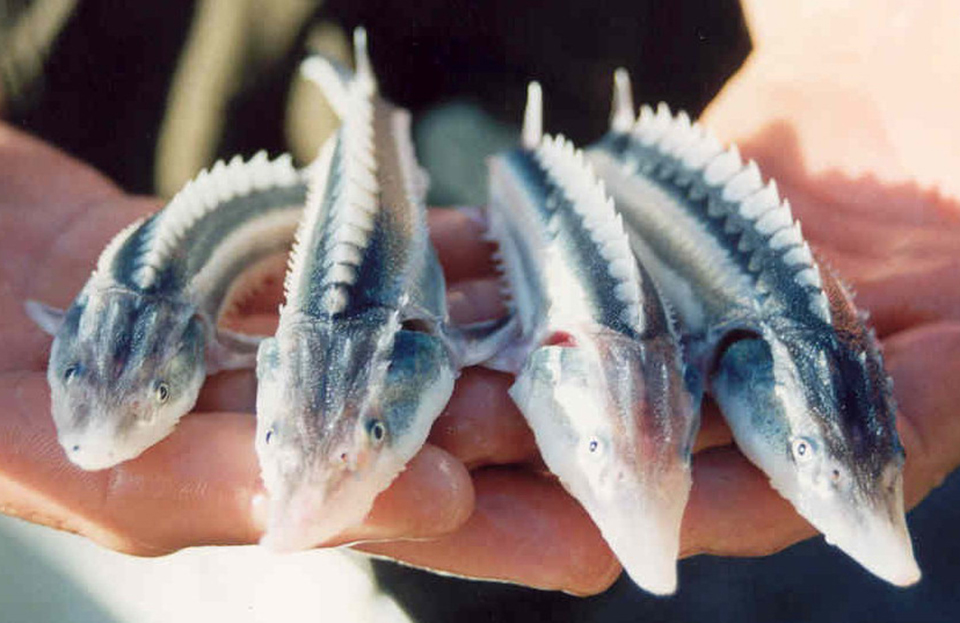
Health & Welfare
Artemia bioencapsulation delivers probiotics via digestive tracts of fish larvae
Research with sturgeon and carp species indicated that encapsulated artemia has high potential to carry probiotics or other beneficial microorganisms.
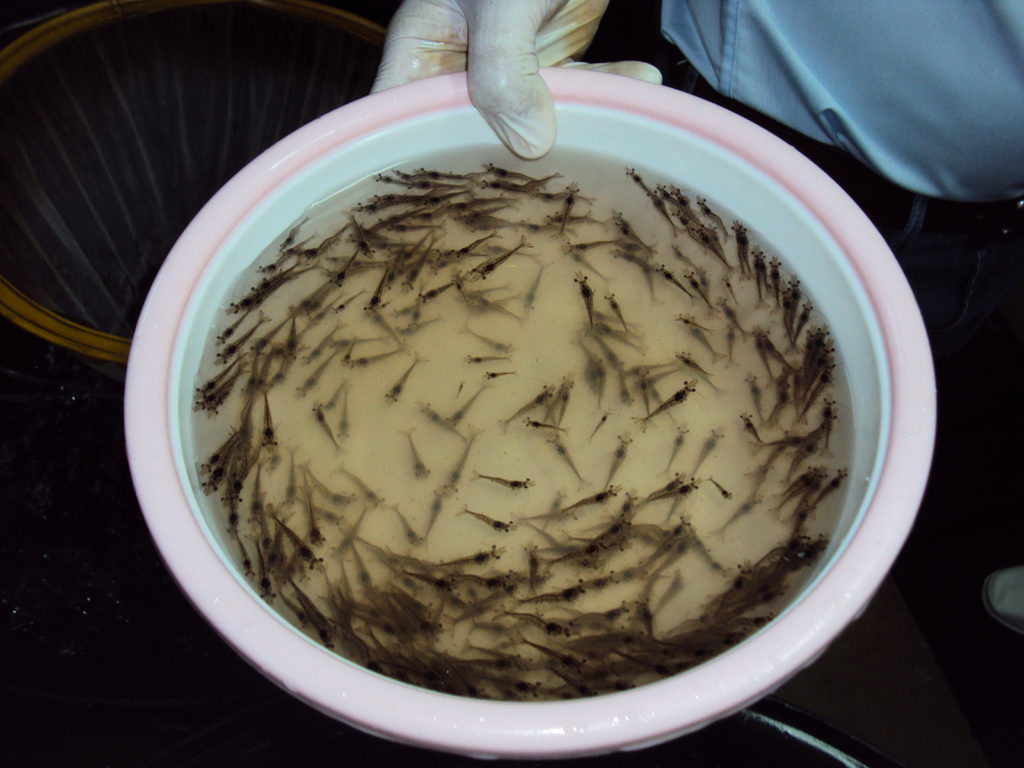
Health & Welfare
Assessment of supplemental Bacillus probiotics in whiteleg shrimp juveniles
Results of a feeding study supplementing probiotics in the diet showed that when the Bacillus species were complemented in an appropriate concentration into feeds, the growth and feed efficiency of whiteleg shrimp could be improved.
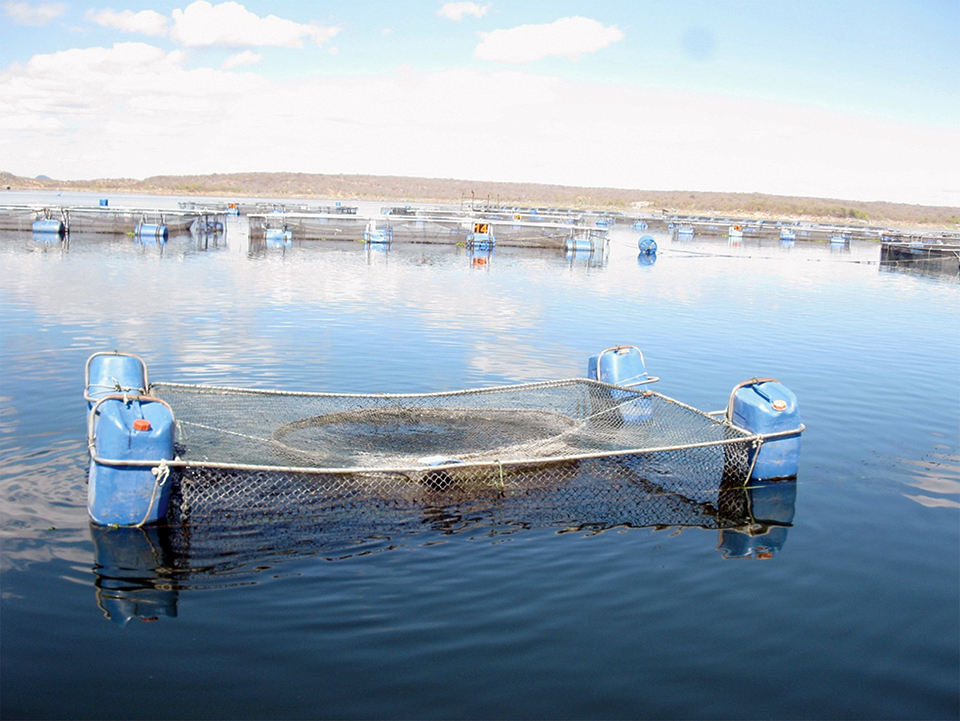
Health & Welfare
Bacillus probiotics benefit tilapia rearing under challenging conditions in Brazil
A recent study that evaluated the benefits of using probiotics with a balanced mixture of Bacillus bacteria strains to inhibit pathogenic bacteria in tilapia.

Health & Welfare
Bacillus probiotics improve hatchery, nursery production in EMS-hit Mexico
In early 2014, a trial to evaluate the effects of a mixture of Bacillus strains on early mortality syndrome bacteria during the larviculture and nursery phases for shrimp was carried out at a commercial hatchery in Mexico.


